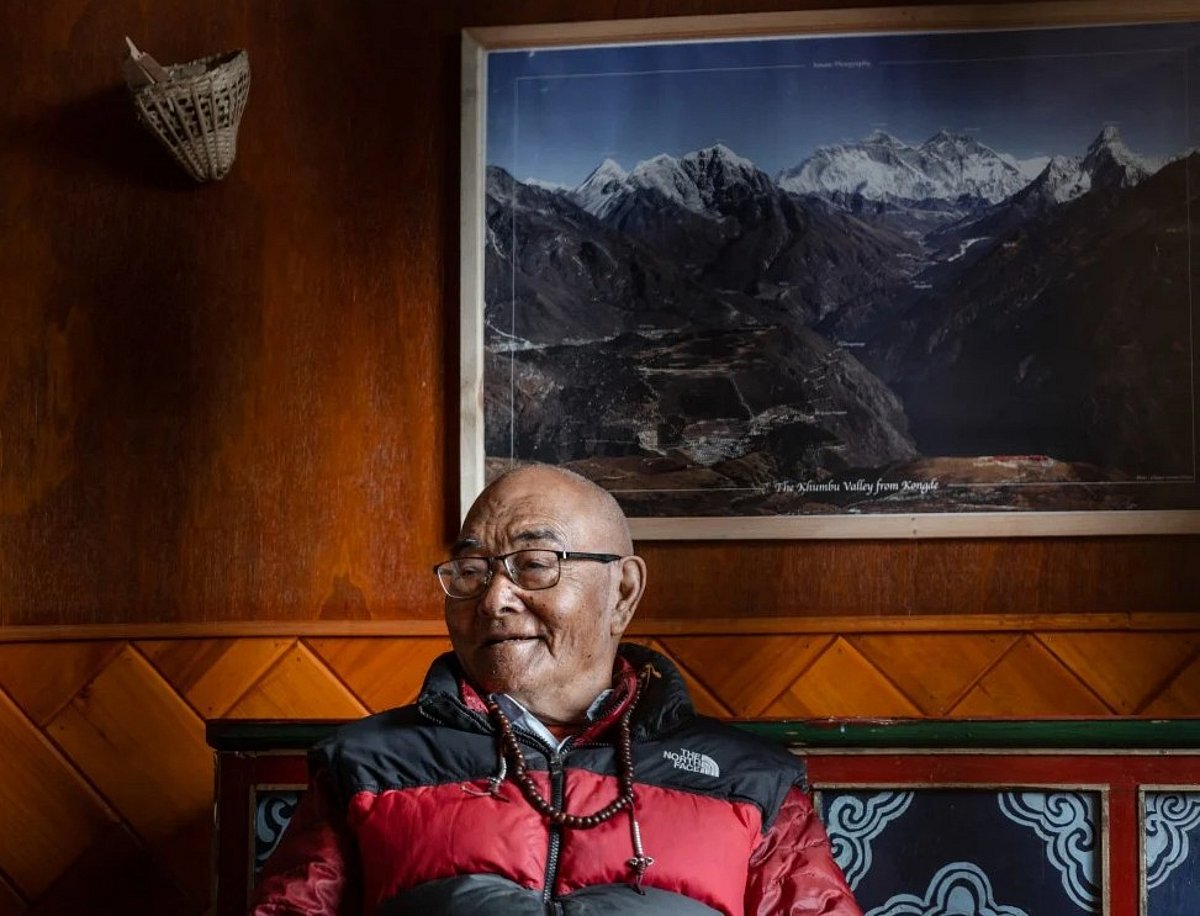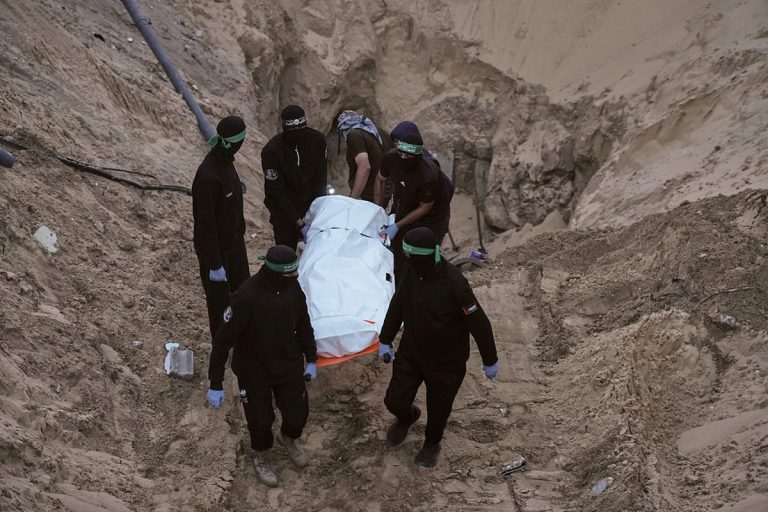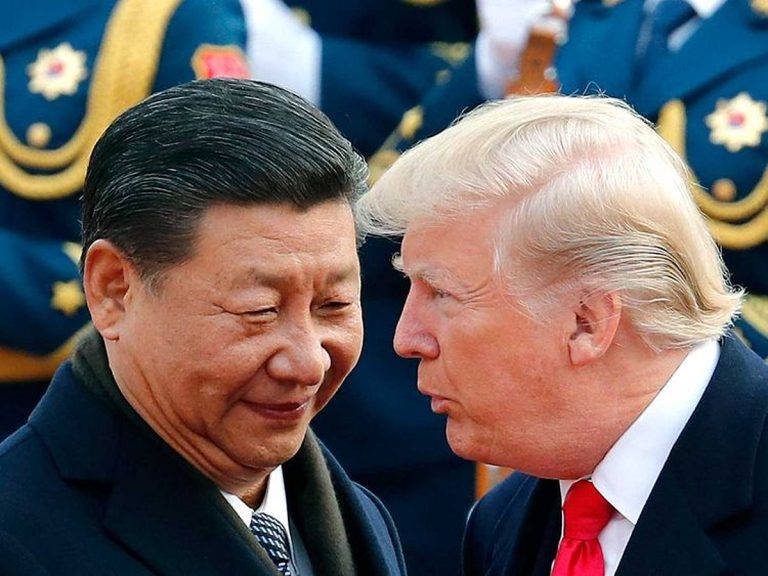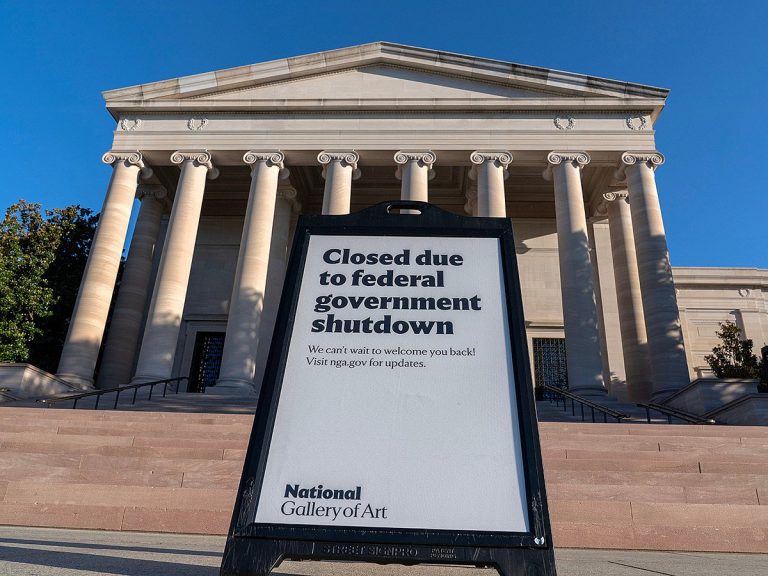Kanchha Sherpa, Last 1953 Everest Climber, Dies at 92
Kanchha Sherpa, a significant figure in mountaineering history, has passed away at the age of 92. His death marks the end of an era, as he was the last surviving member of the team that first summited Mount Everest in 1953. The Nepal Mountaineering Association confirmed his passing, noting that he had been unwell for some time.
A Legacy of Mountaineering
Kanchha Sherpa died peacefully at his home in Kapan, located in the Kathmandu district of Nepal. Phur Gelje Sherpa, president of the Nepal Mountaineering Association, shared the news, stating, “A chapter of the mountaineering history has vanished with him.” His last rites are scheduled for Monday.
Born in 1933 in Namche Bazar, the gateway to Mount Everest, Kanchha began his mountaineering career at the age of 19. He was part of the historic expedition that saw New Zealander Edmund Hillary and Sherpa Tenzing Norgay reach the summit of the world’s highest peak at 8,849 meters (29,032 feet) on May 29, 1953. Kanchha was one of only three Sherpas to reach the final camp alongside Hillary and Norgay.
Concerns for Everest’s Future
In a reflective interview with The Associated Press in March 2024, Kanchha voiced his concerns about the increasing overcrowding and pollution on Everest. He emphasized the need for climbers to treat the mountain with respect, referring to it as a goddess. “It would be better for the mountain to reduce the number of climbers,” he remarked, highlighting the importance of preserving the mountain’s sanctity.
The Sherpa community holds Everest, known as Qomolangma or goddess mother of the world, in high regard. Before embarking on climbs, they typically perform religious rituals to honor the mountain.
Kanchha is survived by his wife, four sons, two daughters, and several grandchildren, leaving behind a legacy that will be remembered in the annals of mountaineering history.
FAQs
What was Kanchha Sherpa’s role in the 1953 Everest expedition?
Kanchha Sherpa was one of the three Sherpas who reached the final camp before the summit alongside Edmund Hillary and Tenzing Norgay during the historic 1953 expedition.
How did Kanchha Sherpa contribute to mountaineering after 1953?
Kanchha remained active in the mountaineering sector until he was 50 years old, contributing to various expeditions and sharing his experiences and knowledge of the mountains.
What were Kanchha Sherpa’s views on modern climbing practices?
He expressed concerns about overcrowding and environmental issues on Everest, advocating for a reduction in climbers to preserve the mountain’s integrity and respect its cultural significance.
Conclusion
Kanchha Sherpa’s passing is a poignant reminder of the rich history of mountaineering and the profound respect the Sherpa community holds for Everest. As the mountaineering world reflects on his contributions, there is an urgent call to address the challenges facing the mountain today. His legacy will inspire future generations to honor and protect this majestic peak.
Kanchha Sherpa’s contributions to mountaineering extend beyond his historic ascent of Everest. After the 1953 expedition, he played a vital role in guiding numerous climbers and supporting various expeditions in the Himalayas. His extensive knowledge of the terrain and weather patterns made him a sought-after guide, and he was instrumental in training younger Sherpas, ensuring the continuation of their rich mountaineering tradition. Kanchha’s experiences and stories have been shared widely, contributing to the understanding of the challenges faced by climbers in the region.
The Sherpa community has long been integral to the success of many climbing expeditions in the Himalayas, providing not only logistical support but also cultural insights that enhance the climbing experience. Kanchha’s passing highlights the need to recognize and preserve the cultural heritage of the Sherpas, who have been stewards of the mountains for generations. As the popularity of Everest continues to grow, the balance between tourism and cultural preservation becomes increasingly important.
In recent years, the Nepalese government and various organizations have begun to address the environmental and social impacts of climbing on Everest. Initiatives aimed at reducing waste and managing the number of climbers are being discussed, reflecting Kanchha’s concerns. His legacy serves as a reminder of the importance of respecting both the natural environment and the cultural significance of the mountains, urging future climbers to approach their adventures with mindfulness and reverence.
Also Read:
Halsey to Perform in Dubai for First Time at DSF 2025
Supporting Women During Menopause in the Workplace
GITA Launches New Initiatives to Boost Innovation in Georgia







